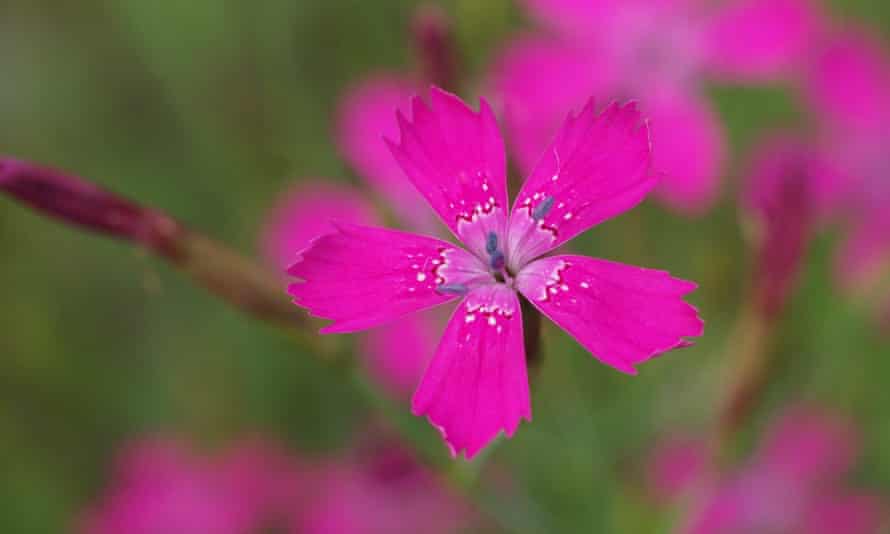Plantwatch: beauty can grow from unpromising ground
The discovery of the rare maiden pink at an electricity substation shows how nature can flourish in unlikely spots

A beautiful rare flower has been found growing at an unlikely site – an electricity substation near Bury St Edmunds in Suffolk. Maiden pink is a relative of carnations, and grows only at a few places on the sandy dry soils of Breckland. Another rare plant, the lesser calamint, which is related to mint and has fragrant leaves, was discovered at another substation, this one near Braintree in Essex.
Industrial and derelict sites may not be everyone’s idea of attractive places, but many of them have become refuges for scarce wild plants that grow well on poor soils without competition from fast-growing species that need rich soils. When the Channel Tunnel was dug, heaps of chalk-clay sludge were dumped on the coast, but several years later botanists were astonished to find rare early spider orchids colonising the waste, and in later years the orchid numbers exploded.
And years after ash waste from coal-fired power stations was dumped along the Thames Estuary in the 1960s it became carpeted with thousands of early marsh, southern marsh, pyramidal and bee orchids in what is now the Lee Valley regional park, only a few miles from central London. Which just goes to show, where there’s muck there’s brass.